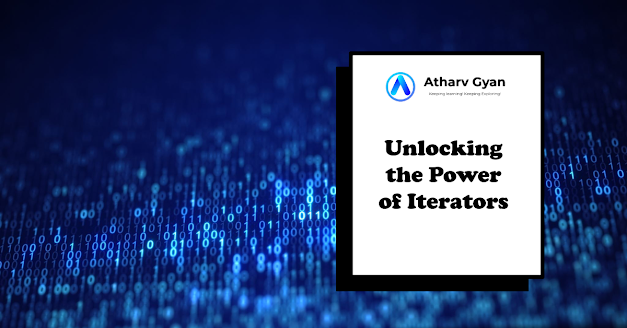Exploring Python's itertools Module: Unlocking the Power of Iterators

In the realm of Python programming, iterators play a crucial role in facilitating efficient and memory-friendly iteration over data structures. The `itertools` module in Python is a powerful toolkit that offers a plethora of functions for creating and manipulating iterators. In this article, we'll delve into the depths of Python's `itertools` module to unlock its full potential and understand how it can streamline various iterative tasks. Understanding Iterators: Before we embark on exploring the `itertools` module, let's briefly recap what iterators are in Python. An iterator is an object that represents a stream of data. It enables sequential access to elements of a collection or a sequence without exposing the underlying implementation details. Iterators are used extensively in Python for looping constructs, such as `for` loops, and are an essential component of many built-in functions and modules. Introduction to itertools Module: The `itertools` module is a part of Pyt...






